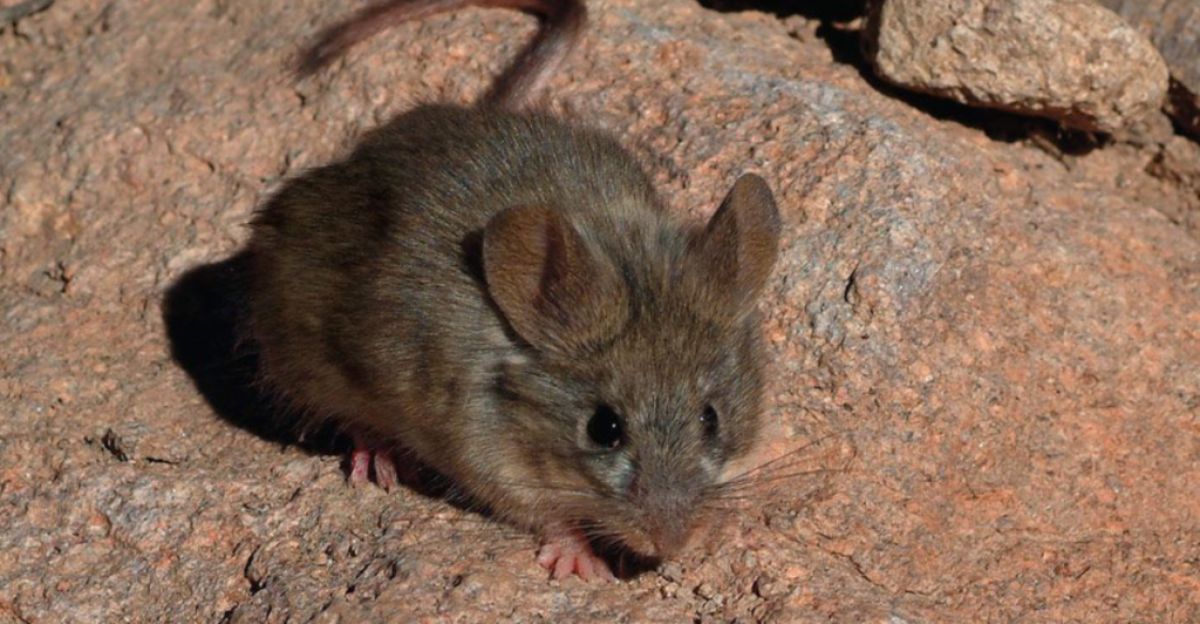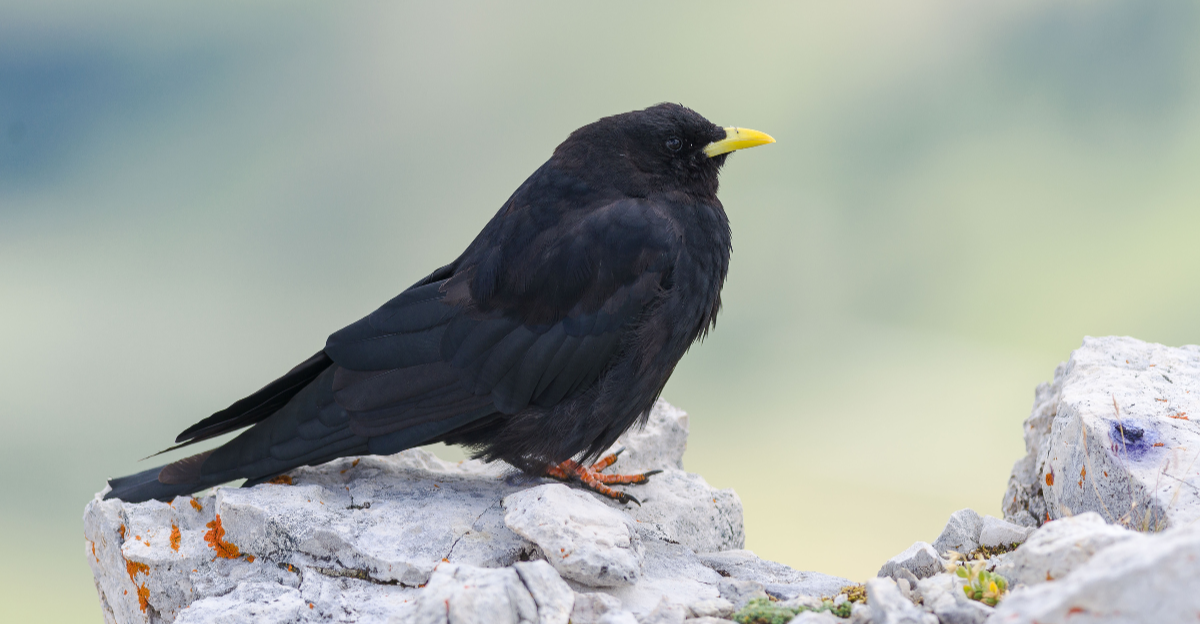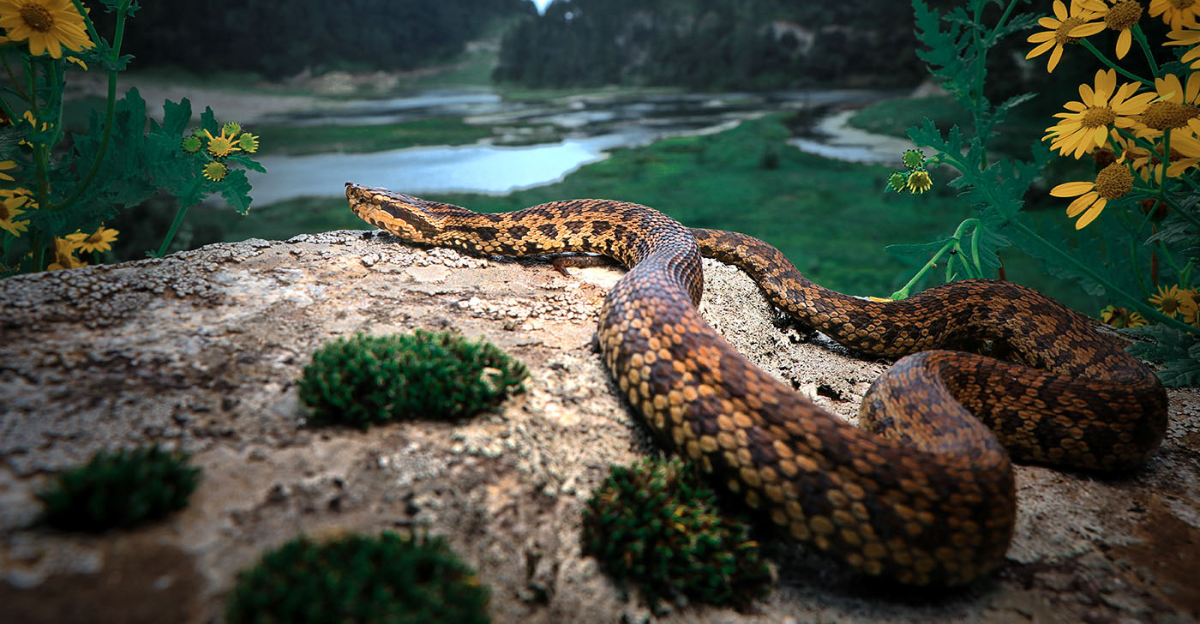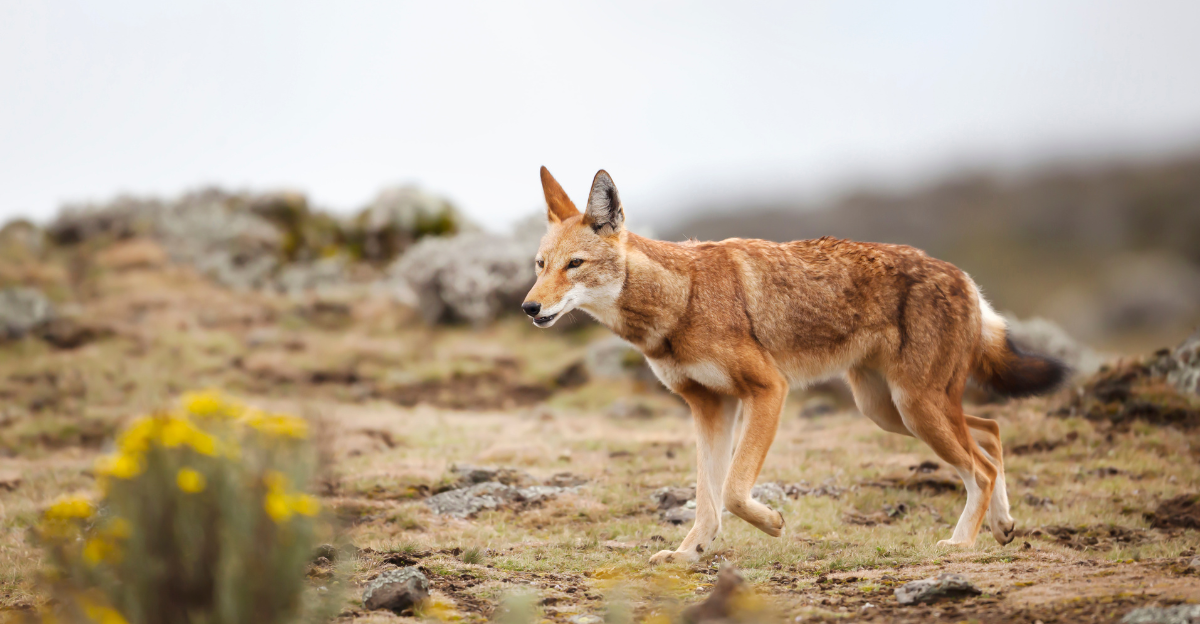
Some of the rarest animals in the world are found at the highest peaks, where they have adapted to extreme cold, low oxygen, and harsh terrain. These animals are extraordinary, each in their own way, and quite impressive.
1. Yellow-Rumped Leaf-Eared Mouse

These little critters hold the record for the animal found living at the highest point. They have been seen living at 22,110 feet on Llullaillaco volcano in the Andes, and they can survive extreme altitudes without problem. Since their discovery in 2020, these little critters have left researchers in awe as to how exactly they survive.
2. Snow Leopard

These incredible cats live in mountain ranges between 3,000 and 17,000 feet. Their fur and build are adapted to survive in the rugged terrain. They are endangered, as only around 6,000 of these cats are left in the wild. They have large nasal cavities and a strong chest that helps them breathe at those heights.
3. Yak

Yaks roam the Himalayas and are well-adapted to extreme weather. They have thick coats and an enlarged heart and lungs to help them fight hypoxia. Their generally higher hemoglobin allows them to thrive in low-oxygen environments.
4. Large-Eared Pika

These cute little critters live between 7,500 and 20,000 feet in the cliffs and have quite the survival skills. These pikas are extremely sensitive to climate change, and as it gets hotter, they move higher into the mountains to stay cool. They can easily live at higher altitudes due to the protein they produce that helps them maintain healthy oxygen levels.
5. Caucasian Leopard

These remarkable creatures are on the brink of extinction, as there are believed to be only 500 left in the entire world. They can comfortably survive at heights of up to 6,200 feet. Conservation efforts are in full swing to protect these incredible creatures before they disappear off the face of the earth.
6. Himalayan Jumping Spider

This little spider is one of the spiders known to live in some of the highest places. It lives up to 22,000 feet on Mount Everest and Makalu and prefers to live in rocky environments. It relies entirely on its webs to keep it warm in freezing temperatures. While it is venomous, it is harmless to humans and prefers to avoid confrontation.
7. Alpine Chough

These birds nest higher than most birds in the Himalayas, at an incredible 21,300 feet. They inhabit rocky cliffs, alpine meadows, and scree slopes, and their eggs have fewer pores to prevent water loss in the air. These monogamous birds see excellent success breeding in these high altitudes, where most other birds would fail.
8. Andean Condor

These majestic birds can soar up to 18,000 feet in the Andes Mountains. They sport a wingspan of 3.3 meters, which helps them soar effortlessly while they scan for carrion using thermals. They build their nests on cliffs, and while they aren’t technically endangered, their numbers are dropping. Conservation efforts focus on habitat protection and educating people about these incredible birds.
9. Tibetan Argali

This sheep species can be found in the Himalayas, Karakoram, and Tibetan Plateau, where it can casually graze at up to 18,000 feet. It can grow to be quite large and weigh more than 440 lbs in some cases. Young sheep prefer extreme terrain to avoid predators and give them the best chance of survival.
10. Himalayan Pit Viper

This venomous snake can hide in crevices and alpine meadows as high as 16,100 feet. It relies on a heat-sensing pit between its eye and nostril to ambush prey like rodents and centipedes. Its venom can cause pain and swelling, but fatalities are extremely rare. Habitat disruption and human persecution threaten its survival despite its adaptability to extreme altitudes.
11. Ethiopian Wolf

These endangered wolves can be found in Ethiopia’s Afroalpine grasslands and heathlands as high as 14,800 feet. It’s believed that less than 500 wolves are left in the wild. Wolves are quite social creatures. They live in cohesive packs with communal breeding and territorial defense. They are severely threatened due to habitat loss caused by agricultural expansion.
12. Sierra Nevada Bighorn Sheep

These critically endangered sheep prefer the steep, rocky terrains of the Sierra Nevada mountain range in California. They migrate up and down the mountain, depending on the season. Their numbers remain critical, and serious conservation efforts are needed.
Explore more of our trending stories and hit Follow to keep them coming to your feed!

Don’t miss out on more stories like this! Hit the Follow button at the top of this article to stay updated with the latest news. Share your thoughts in the comments—we’d love to hear from you!







